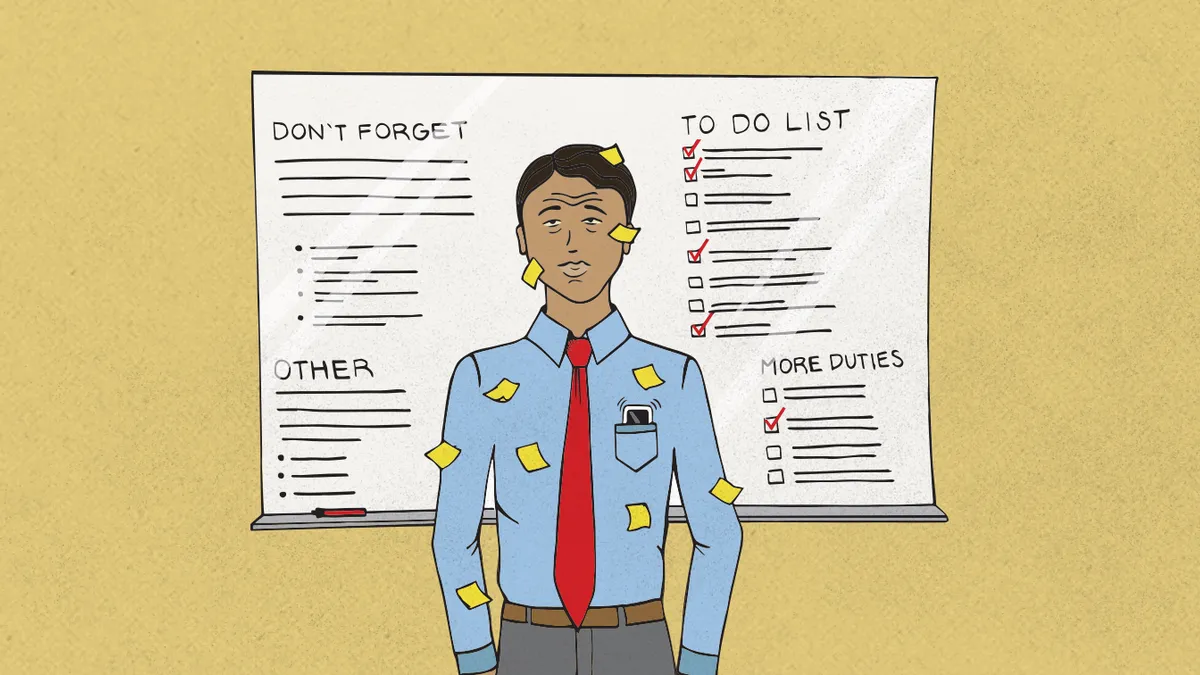In "Other Duties as Assigned," HR Dive's lead editor, Kate Tornone, weighs in on employment trends, compliance best practices and, of course, the situations that require you to go above and beyond your normal duties. Today: saving your future self a big headache.
As employers watch the days dwindle before the nationwide vaccine mandate is slated to take effect, many are deciding whether to take a wait-and-see approach or move ahead with implementation.
The rule has so far survived challenges but may have one last hurdle to clear at the U.S. Supreme Court. For now, it’s in effect and the Occupational Safety and Health Administration has said it plans to enforce the rule’s provisions beginning early next year.
Employers may find some middle ground for compliance — especially with remote work and options for testing — but the alternatives are few.
In an op-ed in The Philadelphia Inquirer, a local certified public accountant discussed some of those options and noted another path: "[A] handful of my clients are considering reclassifying some employees as independent contractors," he wrote, "but they have to be careful to make sure they are in compliance with specific rules."
This set off alarm bells for me, and Elizabeth Chilcoat, an associate at Sherman & Howard, confirmed that this is not a viable option.
It’s a "terrible idea" to reclassify workers to avoid any federal law, she said. The federal and state agencies that enforce classification don’t defer to an employer’s choice on the subject, she explained. (Employee preference carries no weight either, for the record.)
Instead, agencies look at the nature of the employment relationship — the U.S. Department of Labor uses a specific, multifactor test, for example — and they absolutely look for signs that an employer may be trying to avoid the impact of state and federal law, Chilcoat continued.
And OSHA is one of those agencies, she warned. "I would be very concerned about that," she said. It would be a major red flag to suddenly reclassify large swaths of employees, and similarly risky to reclassify a smaller group to come in under the mandate’s 100-employee threshold. After all, OSHA’s monetary penalties for willful noncompliance are ten times the cost of mistakes.
So save yourself the headache of a collective action later and heed Chilcoat’s warning: "I think that any time you are intentionally changing the classification of a person to avoid the effect of a law, you are assuming a significant legal risk."


















